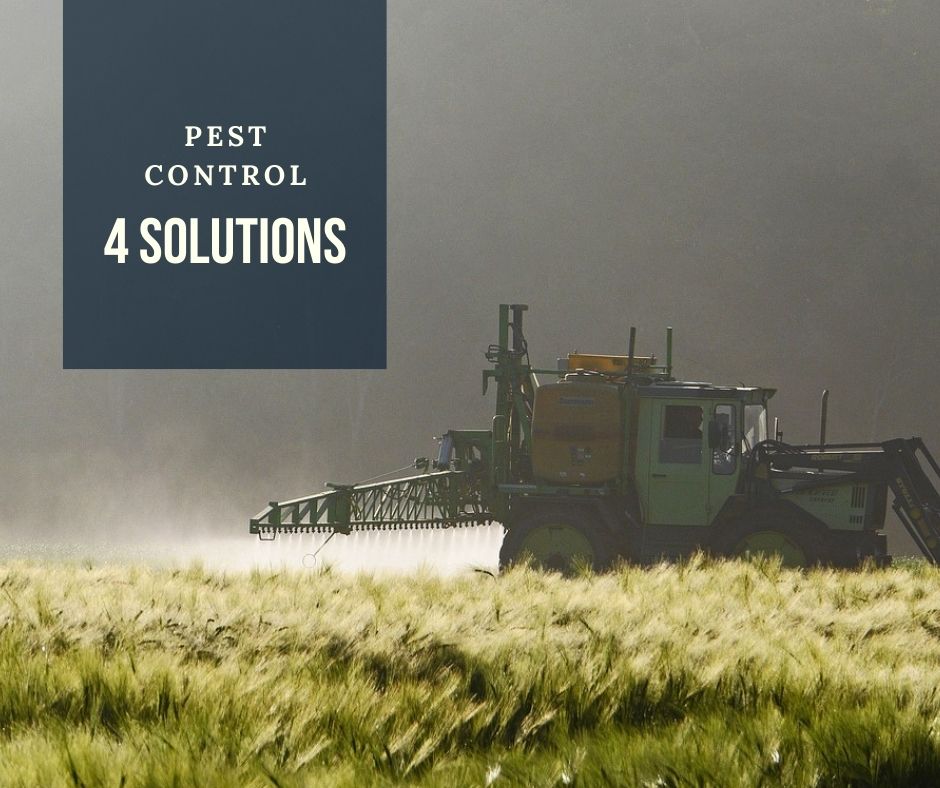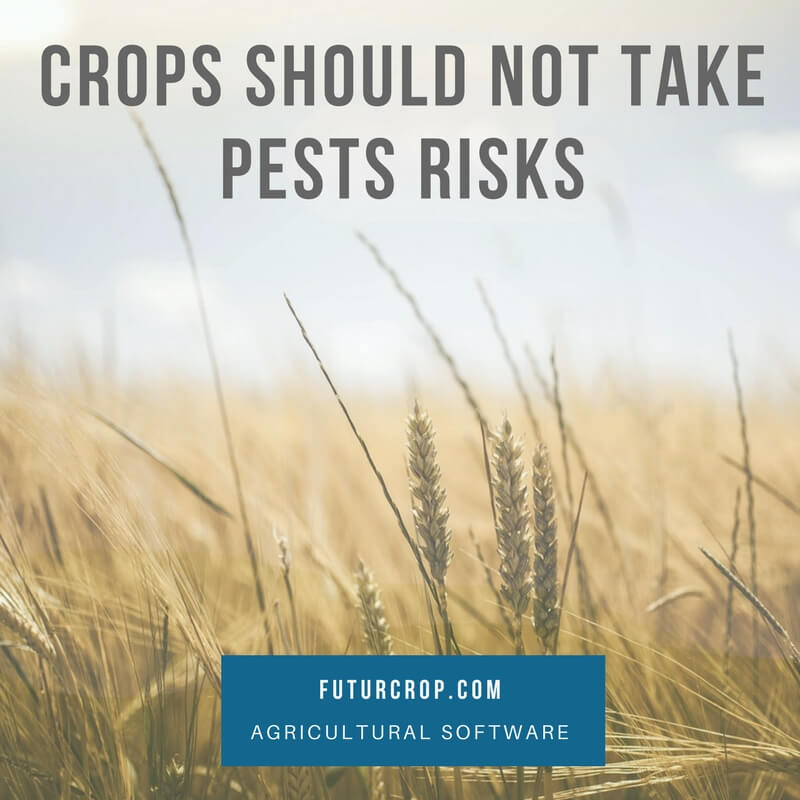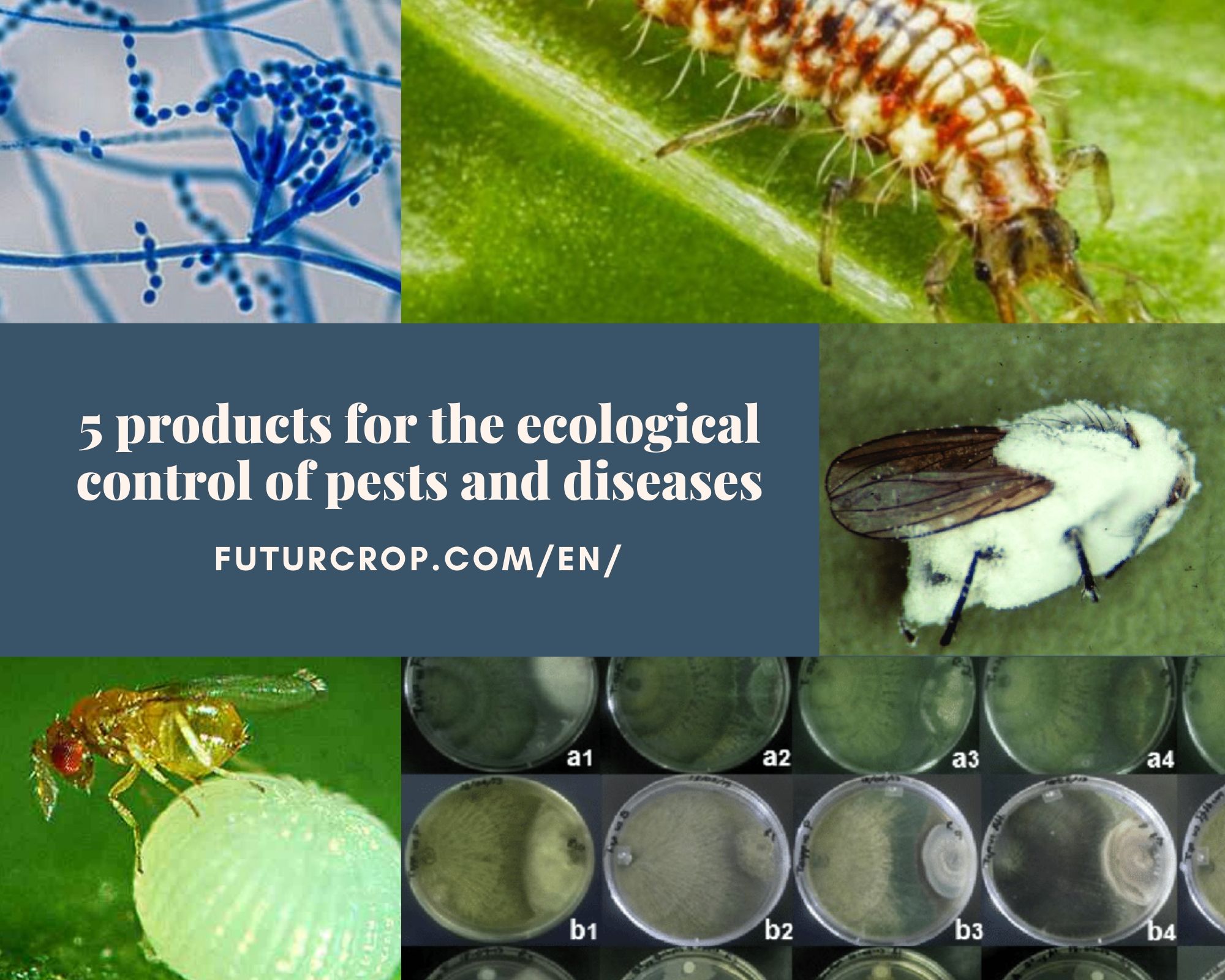Solution to 4 common agricultural pest control problems

Futurcrop - 19-01-2021
THE 4 BIG PROBLEMS OF PEST CONTROL
During pre-industrial agriculture, pests were not such a problem that they are today, because they were controlled by their biological enemies. However, today pest control is a growing problem in agriculture due to the characteristics of the prevailing agricultural production model, which encourages the establishment of large-scale, specialized monocultures, and crops are highly dependent on chemical products that kill beneficial insects, birds, etc. The current prevailing agricultural production system has made farming systems more vulnerable.
The growing problem of pest control is consequence of:
FIRST: Bigger cultivation areas, so pests have an endless reservoir of food, and they are also more difficult to locate and control.
PROPOSED SOLUTION: As the cultivation areas need to be large to obtain the maximum economic profitability, then it is convenient create islands to plant shrubs and native plants that act as biological reservoirs for parasitoids and predators of pests, or use on that purpose the edges of the field
SECOND: The massive use of herbicides, which led to the elimination of plants that served as refuge and food for beneficial insects.
PROPOSED SOLUTION: The role of wild vegetation should be reconsidered. If plants do not compete with our crops and can provide a reservoir of natural enemies of pests, plants should not be considered weeds. Nor should we rule out the possibility of removing weeds not by chemical but mechanical means.
THIRD: The use of broad-spectrum chemical insecticides as the one and only method of pest control, that is used repeatedly and indiscriminately, has important consequences that aggravate the problem of pest control, such as the elimination of beneficial fauna, or the selection of insect populations resistant to pesticides.
.PROPOSED SOLUTION: From the point of view of Integrated Pest Management, the use of chemical insecticides should be the last resource among pest control tools. There are other methods that must be prioritized, such as the biological control by means of predators and parasitoids, non-chemical insecticides, cultural practices, etc.
FOURTH: Not taking into account that the moment of pests greatest vulnerability is the moment to best control them. Generally speaking, when controlling Lepidoptera, chemical or biological treatments have less effect if performed during the adult stages. Currently, there are information systems for decision making, such as FuturCrop, which automatically calculate the moment of treatment that guarantees the greatest success, saving more than 40% of pesticides.
The agricultural industry did not develop the two aspects that FAO has been indicating for years as a priority for pest control: prediction and monitoring.
PROPOSED SOLUTION: The use of automated pest development monitoring systems to achieve greater efficiency in pest treatments. For example, FuturCrop can predict the biological development of 179 agricultural pests, up to 10 days in advance, predicting stages such as larvae (and its instars), pupae, adult, eggs laying, etc. The software also provides information on how to correctly identify pests and monitoring tips for their different stages.
Although partial measures can be taken, to improve the efficiency of pest control, in the sense of the indicated solutions, in the future the incidence of pests in agriculture will be higher. Mainly due to:
- Climate change: pests will have more generations, will be present throughout the year and will acclimatize to new (and colder) areas.
- International trade, that will facilitate the arrival of new pests in new territories, where they will expand easily due to the lack of natural predators.
Related posts
How the application of pesticides has created problems where none existed
How to stimulate biodiversity and the biological control of pests
How to reduce the use of chemical insecticides in the control of pests

Pest Control Forecasting and Control Warning Systems
5 products for the ecological control of pests and diseases
